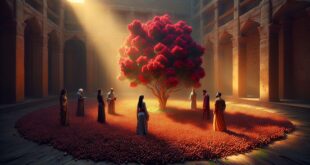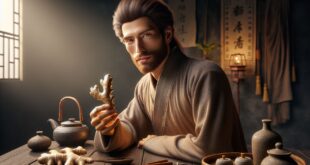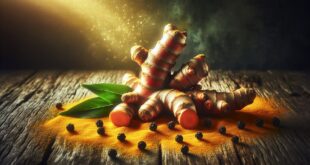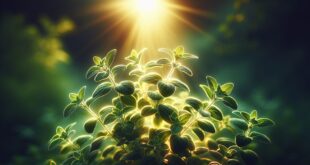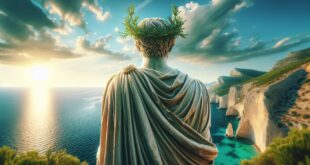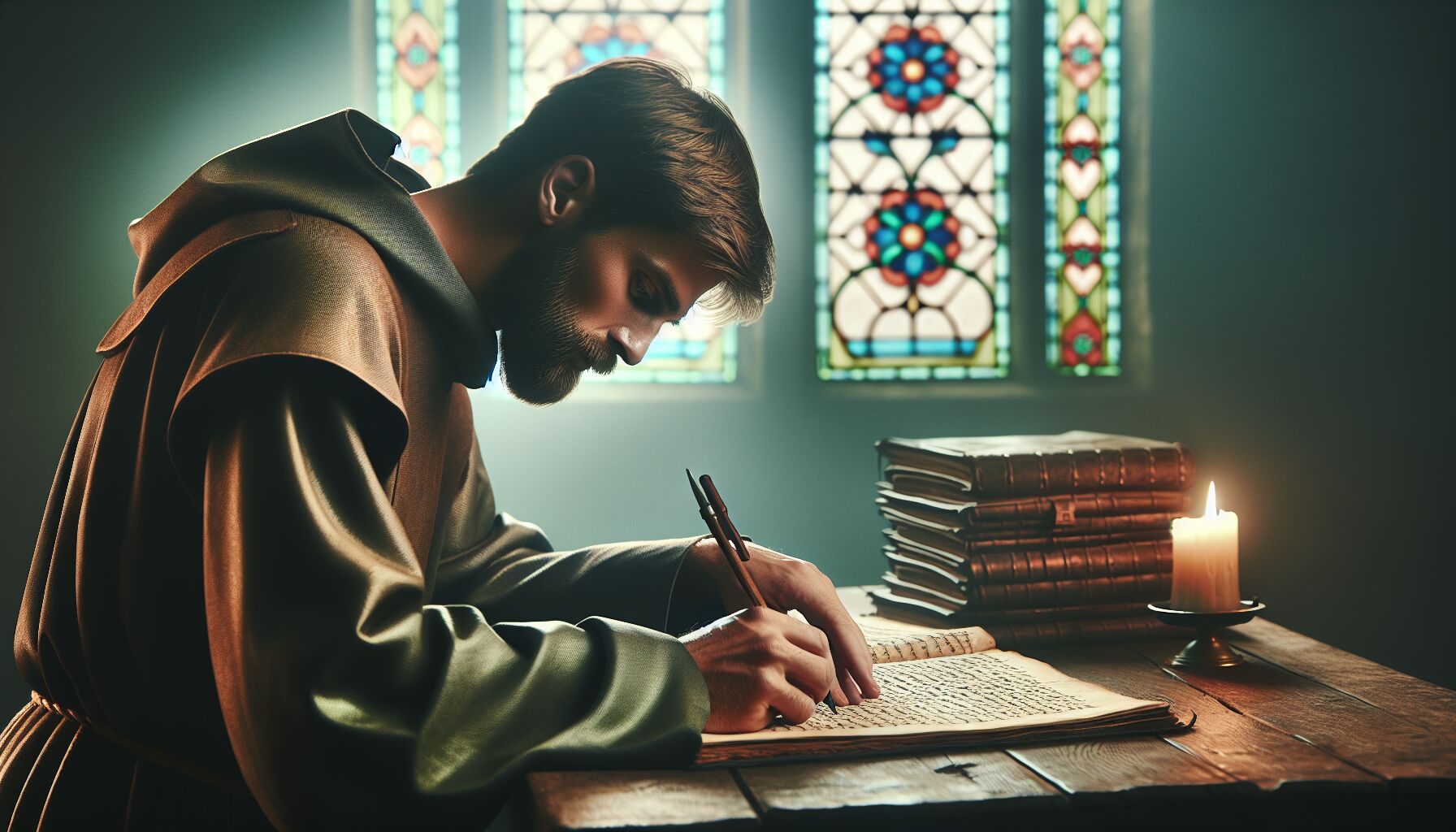 Medieval monasteries—those oases of calm amid chaotic ages—weren’t just about spiritual pursuits. They were also bustling centers of practical wisdom, particularly in the art of preserving knowledge. You might be surprised to learn just how crucial monks were in saving what we now call “historical remedies”. How did they do it, you ask?
Medieval monasteries—those oases of calm amid chaotic ages—weren’t just about spiritual pursuits. They were also bustling centers of practical wisdom, particularly in the art of preserving knowledge. You might be surprised to learn just how crucial monks were in saving what we now call “historical remedies”. How did they do it, you ask?
Imagine a scribe hunched over a wooden table, surrounded by the muted light filtering through stained glass. In meticulous script, they copied ancient texts, ensuring even the smallest details weren’t lost to time. This was no mere mechanical task; enlivening the pages with illustrations, monks gave new life to these records. It was their way of safeguarding healing herbs and monastic medicine treasures. Guess what? They didn’t have modern conveniences; everything was hand-penned. Talk about dedication!
Did you know these illustrations were more than pretty pictures? They were lifelines. In an age devoid of elaborate printing, these visual guides were essential for identifying plants. Renaissance artists get a lot of love, but these medieval scribes were trailblazers in their own right. Their work was vital for both preservation and practical application of herbal knowledge.
Consider this: while they transcribed, monks often added their observations about the plants they nurtured in monastic gardens. This kind of knowledge-share is akin to what we see in today’s scholarly articles. Why? Because real-world details mattered then just as they do now. It makes you wonder—how much wisdom do we currently overlook in texts or digital minutiae?
While not exactly Instagram, their illuminated manuscripts were as impactful as any social media post for spreading awareness. They were creating a legacy, one leaf at a time. And later, when you consider the printing press explosion, these earlier efforts provided a reservoir of content primed and ready to multiply. You know that saying, “The past is never dead”? It rings particularly true here, as monastic diligence laid the cornerstone for what would eventually become the lush field of modern herbal medicine.
Monastic commitments transcended spirituality to shape the tangibles of health and wellness. No puffery here, just a profound respect for nature’s toolkit—an understanding that continues to ripple through our lives even now. Makes you think, doesn’t it? How will today’s scribes preserve the wisdom taught in the gardens and libraries of our time?
For an in-depth touch on how penmanship and artistry became catalysts for herbal knowledge, have a look at these comprehensive resources: the Metropolitan Museum of Art and the Monastic Academy. Their collections and teachings offer a window into past practices that have shaped modern echo chambers of botanical and medical wisdom.
key figures in monastic botanical studies
In the grand tapestry of monastic history, a few figures stand out for their fervent dedication to medicinal botany. Their work paved the way for modern herbal practices. Isn’t it intriguing how individuals from centuries ago continue to influence the herbal remedies we cherish today?
Take Hildegard of Bingen, for example. This remarkable German abbess wasn’t just a visionary in the spiritual domain; her extensive writings on herbal remedies showcase an astute understanding of nature’s power. She once remarked that “all nature is at the disposal of humankind,” a belief she translated into her encyclopedic work, “Physica.” She didn’t just jot down random plants; each entry connected spiritual insight with practical utility. Imagine considering not just what a particular herb heals, but why it resonates with our being.
Jumping a few centuries forward, Heresbach’s contemporary, Monk Gregor Mendel, tinkered not just with plants but inherited traits in ways that would spark the field of genetics. Well, he might not be a botanist in a traditional sense, but his love for gardening and inherent curiosity intertwined seamlessly with monastic life. Picture this—he meticulously cross-bred pea plants to unearth the secrets of heredity. It’s like dissecting a puzzle, where unraveling genetic patterns helped us see how plants and their virtues—those same healing herbs—are passed down through generations.
Then there’s the indomitable Albertus Magnus, a towering intellect of the 13th century. Known to his students as “Doctor Universalis,” he wore many hats. But his devotion to assembling a rich catalogue of plants, animals, and minerals left a monumental legacy. How did he do it? By keen observation and laborious research—a model of persistence and curiosity. These records, birthed in quiet cloisters, became blueprints for future herbalists and scientists alike.
Feeling inspired yet? These monastic pioneers not only preserved knowledge but expanded it, venturing into the mysticism and science of herbal medicine. Their contributions illustrate a synergy—where nature, health, and spirituality dance in harmony. And perhaps their greatest gift is the invitation to view herbal knowledge not just as a science, but as an art.
Want to delve deeper into this fascinating intersection? Accessible tomes like Materia Medica still offer lush insights. Visit resources like the Bavarian State Library for original manuscripts or the Royal Botanic Gardens, Kew for contemporary botanical studies inspired by these ancient texts. Their wisdom, lovingly preserved and generously shared, remains a guiding light in the constantly evolving field of herbal medicine.
the impact on modern herbal medicine
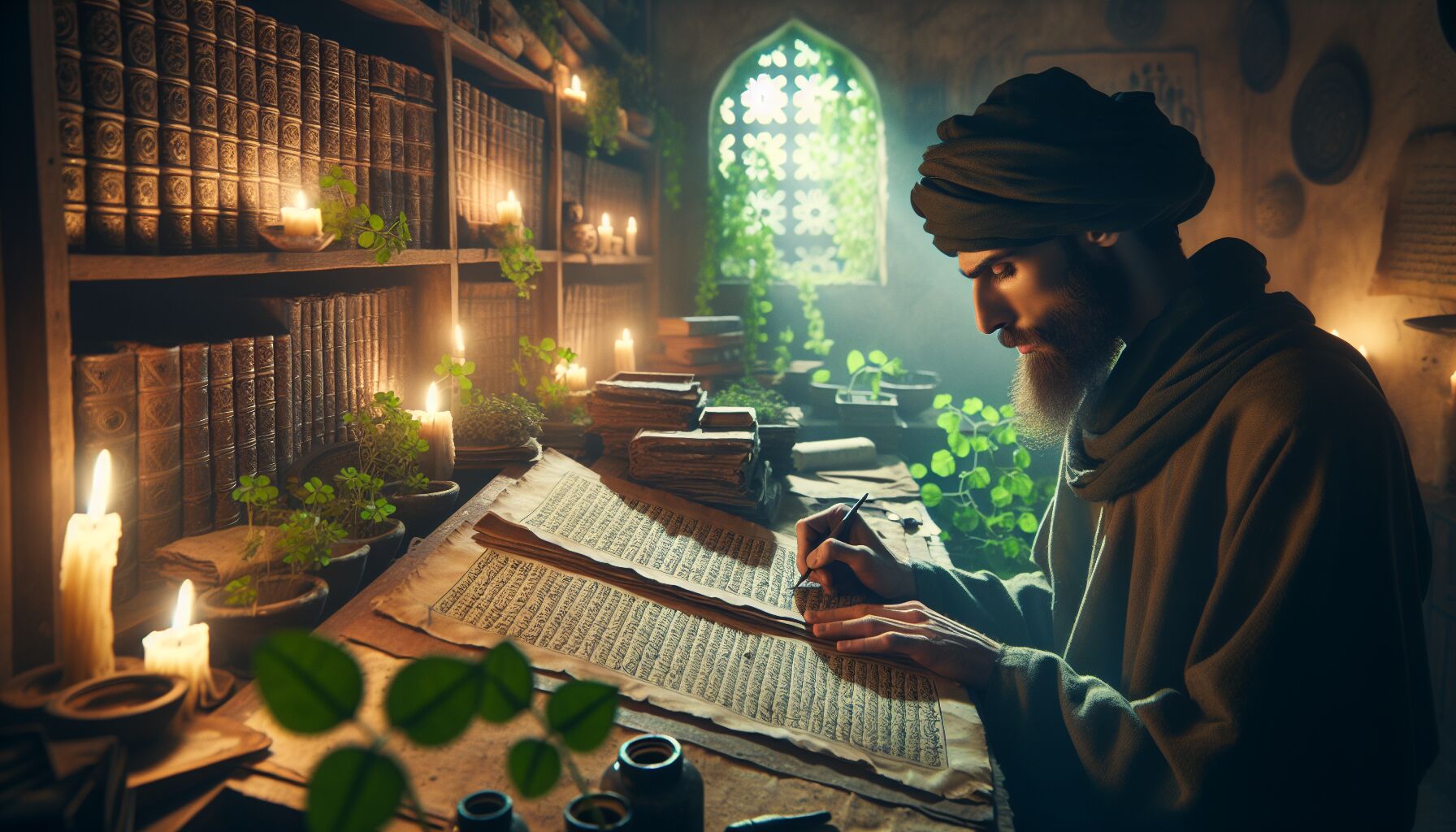 You might wonder, how did the wise and meticulous work of medieval monks influence modern herbal medicine? Let’s peel back the layers of history to see how “historical remedies,” once nestled in the shelves of monastic libraries, have evolved. Their diligent efforts resonate in today’s practices, shifting from dusty tomes to contemporary wellness trends.
You might wonder, how did the wise and meticulous work of medieval monks influence modern herbal medicine? Let’s peel back the layers of history to see how “historical remedies,” once nestled in the shelves of monastic libraries, have evolved. Their diligent efforts resonate in today’s practices, shifting from dusty tomes to contemporary wellness trends.
Monastic medicine wasn’t just about curing the body; it was a holistic approach that embraced the mind and soul. It was an early form of holistic healing, as we might call it now. While modern science often dissects and isolates, monastic wisdom understood the harmony between plant and person. They believed that healing herbs were gifts from nature, meant to foster balance and wellness. It makes you wonder—how far have we drifted from such a harmonious understanding?
Fast forward to today, and you’ll find echoes of their beliefs in the burgeoning interest in natural remedies. The lush field of herbalism owes much to their early compilations and observations. Intricate records inscribed by monks have since evolved into today’s pharmacognosy—the study of medicines derived from natural sources. Consider this: platforms like the Mayo Clinic today echo these past practices by championing the integrative approach to health, where herbs play a pivotal role.
Monastic doctrines also foreshadowed a concept that now feels cutting-edge: preventive medicine. Monks didn’t wait for ailments; they sought to maintain well-being through regular use of beneficial herbs. This same philosophy underscores modern practices like naturopathy and the wellness routines of many today, guiding us to sustain health rather than merely responding to illness.
The monks’ meticulous documentation provided a robust foundation for the scientific method. Yes, they intuitively grasped botanical knowledge, but they also laid the groundwork for structured inquiry. Aspects of trial and error, detailed observations, and systematic recording seen in their work serve as the cornerstone for contemporary scientific research. Just look at the documentation efforts by resources like NCBI, which trace a lineage back to these humble beginnings.
Reflect on the emotions stirred by the swift passage of time—where handwritten notes have transformed into digitized databases, yet the heart and essence remain unchanged. Isn’t it incredible that we still turn to the same plants, the same healing herbs, trusted by those who came before us? Their essence—captured in parchment and ink—continues to offer guidance and solace. The monks planted seeds that have blossomed into the rich tapestry of modern herbal medicine. And as they endeavored centuries ago, the questions echo today: how do we best honor the intertwined dance of nature’s gifts and human wisdom?
 DS Haven In Light Of Things
DS Haven In Light Of Things
